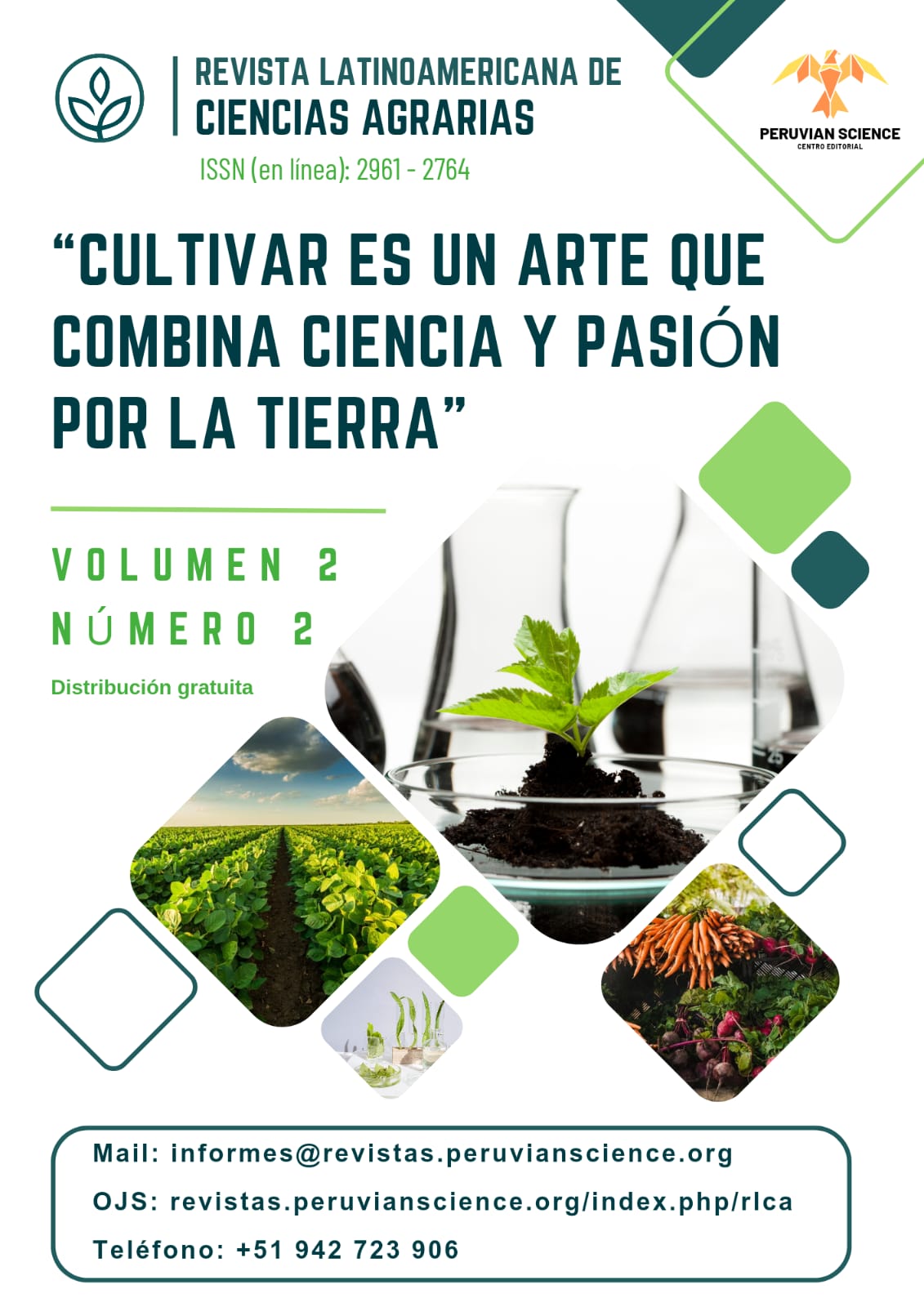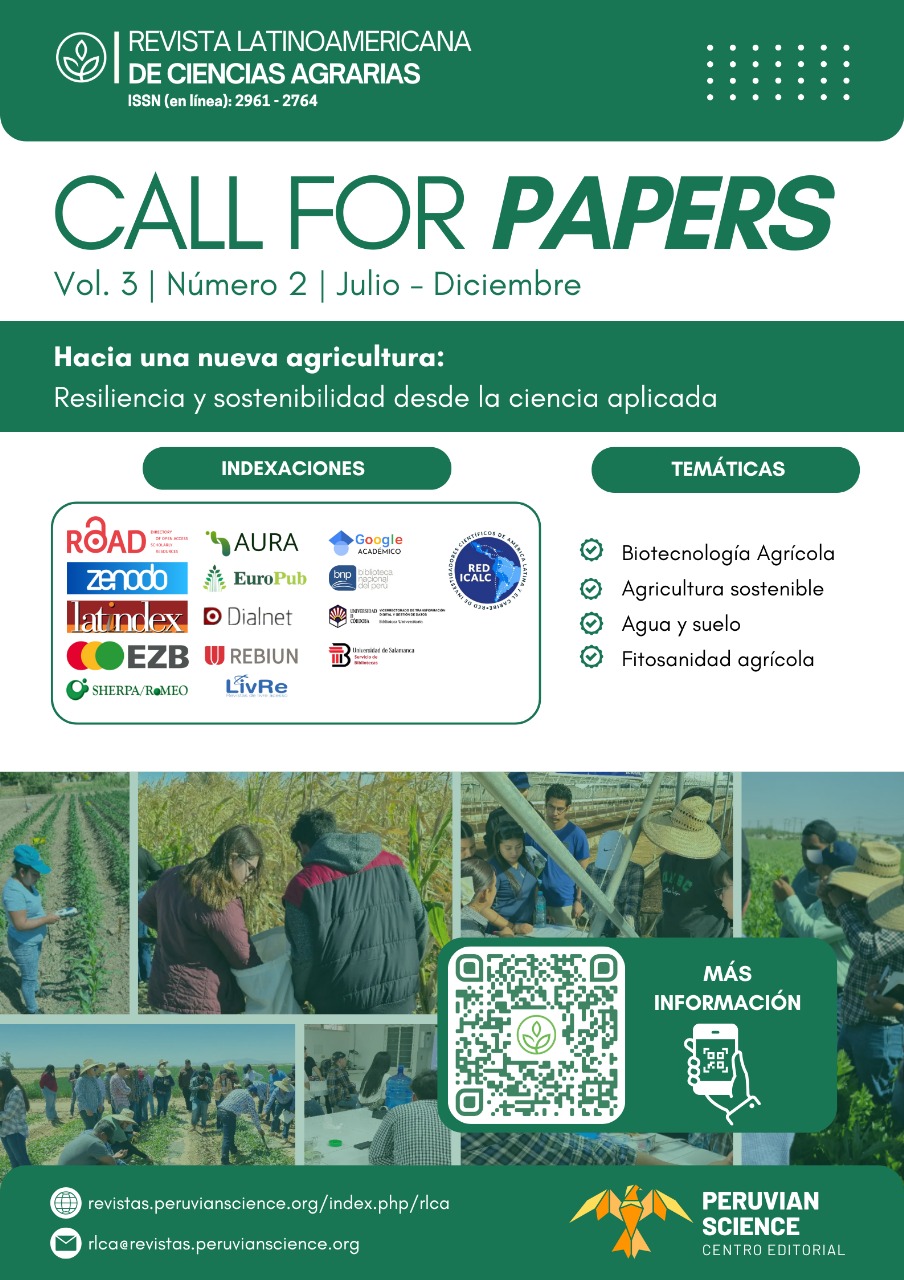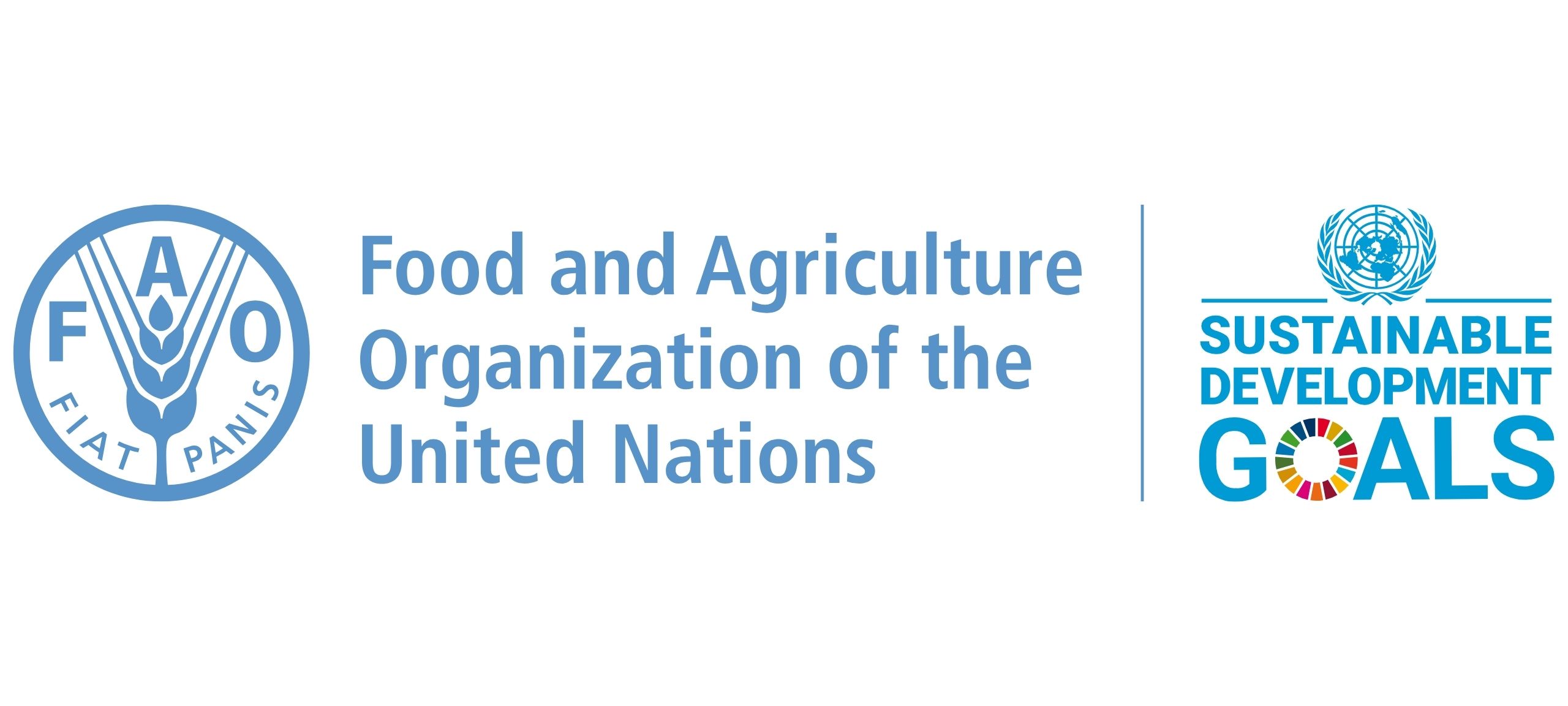Manejo integrado de plagas en el cultivo de papa: control de la mosca blanca
DOI:
https://doi.org/10.5281/zenodo.14788844Palabras clave:
biológico, control, sostenible, químicosResumen
El Manejo Integrado de Plagas (MIP) se ha consolidado como una estrategia clave para el control de plagas en la agricultura moderna, especialmente en cultivos estratégicos como la papa. Tiene como objetivo principal difundir resultados y conocimientos sobre el manejo de la mosca blanca, un insecto que representa una amenaza significativa para la producción agrícola. La mosca blanca no solo afecta el rendimiento de los cultivos, sino que también compromete la calidad del producto, lo que puede tener repercusiones económicas severas para los agricultores. La identificación precisa de la mosca blanca es un primer paso esencial en la implementación de un programa de MIP. El control biológico mediante la introducción de enemigos naturales, ofrece una alternativa sostenible que puede complementar otras estrategias. En cuanto al uso de productos químicos, es importante abordarlo con responsabilidad. Si bien los insecticidas pueden ser necesarios en casos de infestaciones severas, su aplicación debe ser estratégica y basada en monitoreos constantes para evitar la resistencia y minimizar el impacto ambiental. La combinación de estos métodos, junto con la educación continua de los agricultores y técnicos en sanidad vegetal, es fundamental para lograr un manejo efectivo y sostenible. El intercambio de información y experiencias fortalecerá la capacidad del sector agrícola para enfrentar los desafíos que presentan la mosca blanca y otras plagas, garantizando así una producción sostenible y rentable.
Descargas
Citas
Anderson, P. K. (1993). Un modelo para la investigación en mosca blanca, Bemisia tabaco (Gennadius). En Memorias del Taller Centroamericano y del Caribe Sobre Moscas Blancas (pp. 27-33). CATIE.
Cardona, C. (1995). Manejo de Trialeurodes vaporariorum (Weswood) en la Zona Andina: aspectos técnicos, actitudes del agricultor y transferencia de tecnología. Ceiba, 36, 53-65.
FAOSTAT. (2010). Boletín especial de la FAO. No. 24. https://www.fao.org/faostat/es/ [Consultado: 27 de agosto de 2010].
FAOSTAT. (2013). World food and agriculture. (FAO statistical yearbook). Food and Agriculture Organization of the United Nations. https://www.fao.org/docrep/018/i3107e/i3107e00.htm [Consultado: 18 de noviembre de 2019].
La Rosa, J. (1993). Abundancia poblacional y distribución en las plantas de papa de Aphis gossypii y Mysus persicae y sus enemigos naturales. En IV taller sobre diagnóstico de plagas. Sociedad Cubana de Zoología.
Labrada, R. (1996). Manejo de malezas para países en desarrollo (Estudio FAO Producción y Protección vegetal-120). Roma.
Rodríguez, S., Gómez Guadalupe. (1989). Metodología para el pronóstico de Phytophthora infestans en la papa. Centro Nacional de Sanidad Vegetal, MINAG.
Devaux, A., Ordinola, M., Hibon, A., Flores, R. (2010). El sector papa en la región andina: Diagnóstico y elementos para una visión estratégica (Bolivia, Ecuador y Perú). Centro Internacional de la Papa.
Arcos, J., Zúñiga, D. (2016). Rizobacterias promotoras de crecimiento de plantas con capacidad para mejorar la productividad en papa. Revista Latinoamericana de la Papa, 20(1), 18-31.
Devaux, A. (2018). Tecnología e innovaciones de papa como puente crítico para responder a los desafíos de seguridad alimentaria y promover los agronegocios en América Latina. Revista Latinoamericana de la Papa, 22(1), 5-9.
Eichelkraut, K., Cardona, C. (1989). Biología, cría masal y aspectos ecológicos de la mosca blanca Bemisia tabaci (Gennadius) (Homoptera: Aleyrodidae), como plaga del frijol común. Turrialba, 39, 51-55.
CABI. (2020). Bemisia tabaci (tobacco whitefly). https://www.cabi.org/isc/datasheet/8927 [Fecha de consulta: julio de 2020].
Peña, E. A., Pantoja, A., Beaver, J. S. (1992). Determinación de la pubescencia de cuatro materiales genéticos de frijol (Phaseolus vulgaris) y su efecto sobre el insecto Bemisia tabaci (Gennadius). Revista Colombiana de Entomología, 18(2), 41-48.
Jiménez, S. (1980). Estudio bioecológico de Mysus persicae (Sulzer) en papa. Informe problema principal estatal. Instituto de Investigaciones Sanidad Vegetal, MINAG.
De Ponti, O. M. B., Romanov, L. R., Berlinger, M. J. (1990). Whitefly-plant relationships: Plant resistance. En D. Gerling (Ed.), *Whiteflies: Their bionomics, pest status and management* (pp. 91-106). Intercept Ltd.
Caballero, R. J. (1992). Whiteflies (Homoptera: Aleyrodidae) from Central America and Colombia including slide-mounted pupal and field keys for identification, field characteristics, hosts, distribution, natural enemies and economic importance (Tesis de maestría). Kansas State University.
Murgido, C., Pla, D. (1992). Metodología para la señalización de los minadores de las hojas de la papa. Centro Nacional de Sanidad Vegetal, MINAG.
Fernández, E. (1995). Informe de los resultados de la implementación del manejo integrado de plagas a nivel semi-técnico (sitio piloto) taller regional de resultados de primer año de implementación de paquetes flexibles del manejo integrado de plagas en el cultivo de la papa. PRECODEPA. Mexico.
Labrada, R. 1996. Manejo de malezas para países en desarrollo (Estudio FAO Producción y Protección vegetal-120). Roma.
Quijije, R., Mendoza, J., Gómez, A. (1995). Ciclo biológico de Bemisia argentifolii en condiciones de laboratorio. Ceiba, 36(1), 84.
Gamarra, H., Mujica, N., Carhuapoma, P., Kreuze, J., Kroschel, J. (2016). Sweetpotato white fly, Bemisia tabaci (Gennadius 1989) (Biotype B). En J. Kroschel, N. Mujica,
P. Carhuapoma, M. Sporleder (Eds.), Pest distribution and risk atlas for Africa: Potential global and regional distribution and abundance of agricultural and horticultural pests and associated biocontrol agents under current and future climates (págs. xx-xx). International Potato Center (CIP).
Dittmer, Y., Uk, S., Ernst, H. (1990). Chemical control and insecticide resistance of whiteflies. En D. Gerling (Ed.), Whiteflies: Their bionomics, pest status and management (pp. 263-285). Intercept Ltd.
FAOSTAT. (2008). Boletín especial de la FAO (No. 21). https://www.fao.org/faostat/es/ [Consultado: 17 de julio de 2008].
Publicado
Cómo citar
Número
Sección
Licencia
Derechos de autor 2025 Revista Latinoamericana de Ciencias Agrarias - RLCA

Esta obra está bajo una licencia internacional Creative Commons Atribución-NoComercial-SinDerivadas 4.0.
La Revista Latinoamericana de Ciencias Agrarias (ISSN en linea: 2961-2764) aplica la licencia Creative Commons Attribution (CC BY) a los artículos y otros trabajos que publicamos. Por lo tanto, cada manuscrito enviado para que la revista lo publique será procesado bajo la licencia CC BY. Esto significa que el autor del manuscrito retiene el copyright de sus documentos publicados y, al mismo tiempo, acepta que cualquier persona puede reutilizar su artículo en su totalidad o en parte para cualquier propósito, de forma gratuita, incluso con fines comerciales. El uso de esta licencia se condice con la política de acceso abierta de la revista, dado que esta es la licencia más abierta considerada "el estándar de oro" del open access.






















